Muscle Cars: Not Just An American Thing
When people hear about “muscle cars”, automatically, most would think about the big brash, American V8 grumblers. Mustangs, Camaros, Chargers, HEMI’ Cudas, and the like.
When people hear about “muscle cars”, automatically, most would think about the big brash, American V8 grumblers. Mustangs, Camaros, Chargers, HEMI’ Cudas, and the like.
Yes, while those kind of cars are the mainstream face of true-blue muscle cars, the kind of big, heavy cars sporting big heavy V8s which easily hit 300+ horsepower while designed to be rather reliable holding that much power, a strange but desirable level of unrefined character, loud, low, manly noises all around and basically the general disposition of petrol powered machismo. Just a big, brash car with raw power. The perfect simple car for one who wants easy yet satisfying thrills in the long run.
Muscle cars, as brutish and brawny as they might seem, there is just some unique aspect about them that’s either loved or hated, but overall universally respected by car enthusiasts everywhere; its their simplicity and symbolism of raw power.
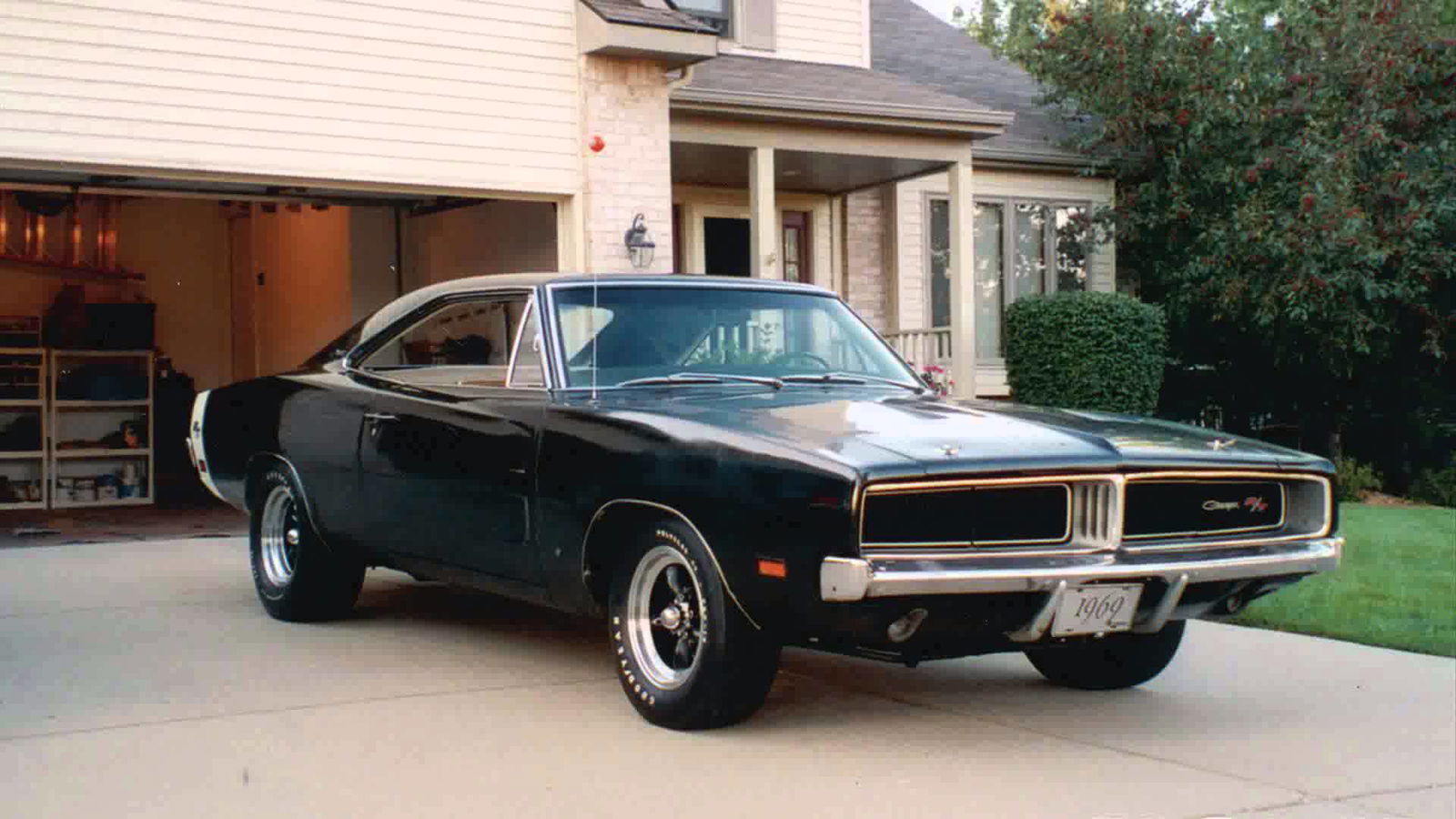
Now, much of the world thinks of only America when it comes to the stereotypical “muscle car”, the coupe style, big bodied cars with long front ends and large engines and occasionally earth-shaking idle noises. The kind of cars you see in retro American action movies or Fast and Furious, where they’re often seen tearing up the highway in blistering speeds, roaring past the scenery with a glorious, thundering noise, screeching the tires, leaving a thick, wide ashen smoke screen of burnt rubber and ground asphalt.
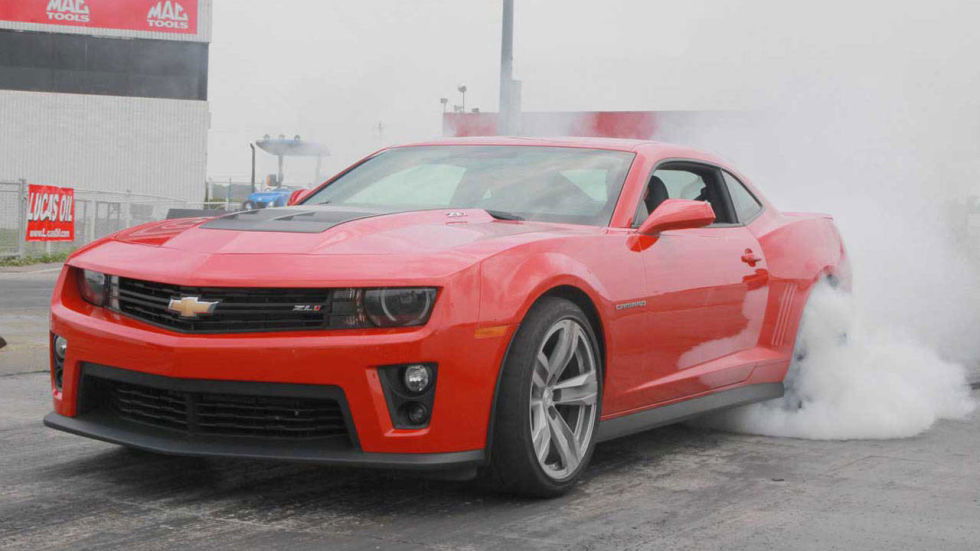
These days, muscle cars have also stepped their game up to become world class, and the results are clear and thoroughly amazing, such as the new Ford Mustang Shelby GT350R or Chevrolet Camaro ZL1, both with race car level engineering, power, and deceptive agility that would make even the most ardent hater of muscle cars on track performance actually shut up for once, and also the record breaking Dodge Hellcats, that have recently been crowned to be the most powerful factory muscle cars in history.
For those who know better, however, there exists another breed of muscle cars, from a land opposite of the “Land of the Free”. High powered, road going monsters that exhibit a similar kind of manliness and brawn but in a different package and flavor, and some different body styles too.
Australian muscle cars.
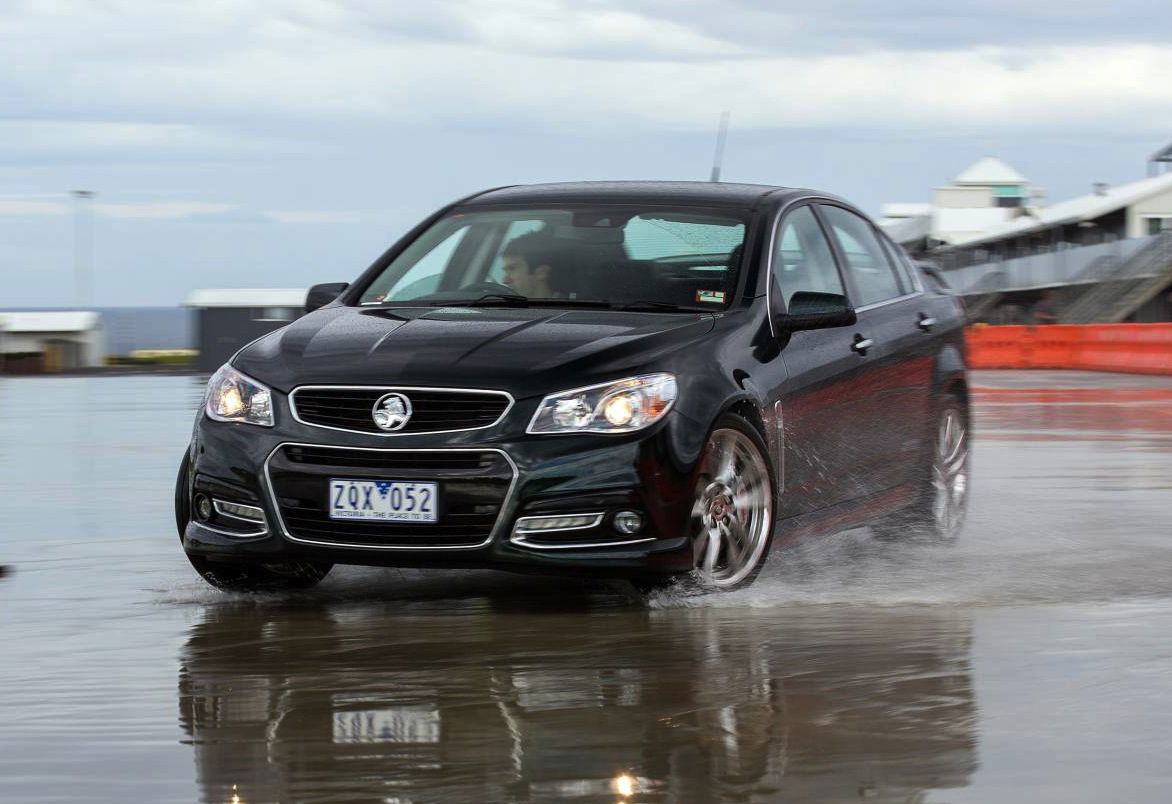
These Southern Hemisphere muscle cars, though rather different in styling and build, are still very much like their American counterparts. Most of these take the form of sedans, and what’s more desirable for some car enthusiasts than a big car with a big engine that goes wickedly fast all the while retaining the practicality of far more mundane, lesser counterparts?
Also, not to mention the unique Ute body style of muscle cars. Though very much the same as their sedan or coupe counterparts, they are factory, low, 2 door muscle cars with a practical pick up truck rear end. These have popularly represented the Australian car scene, and Utes would have sold like hotcakes in the States if it were possible, for the Chevrolet El Camino is probably the only known American muscle Ute, and it can only be imagined on how many more muscle car fanatics would have wanted a muscle car that can still handle every day work duty.
A pick up truck/muscle car love child?! That’s like a redneck’s wet dream.
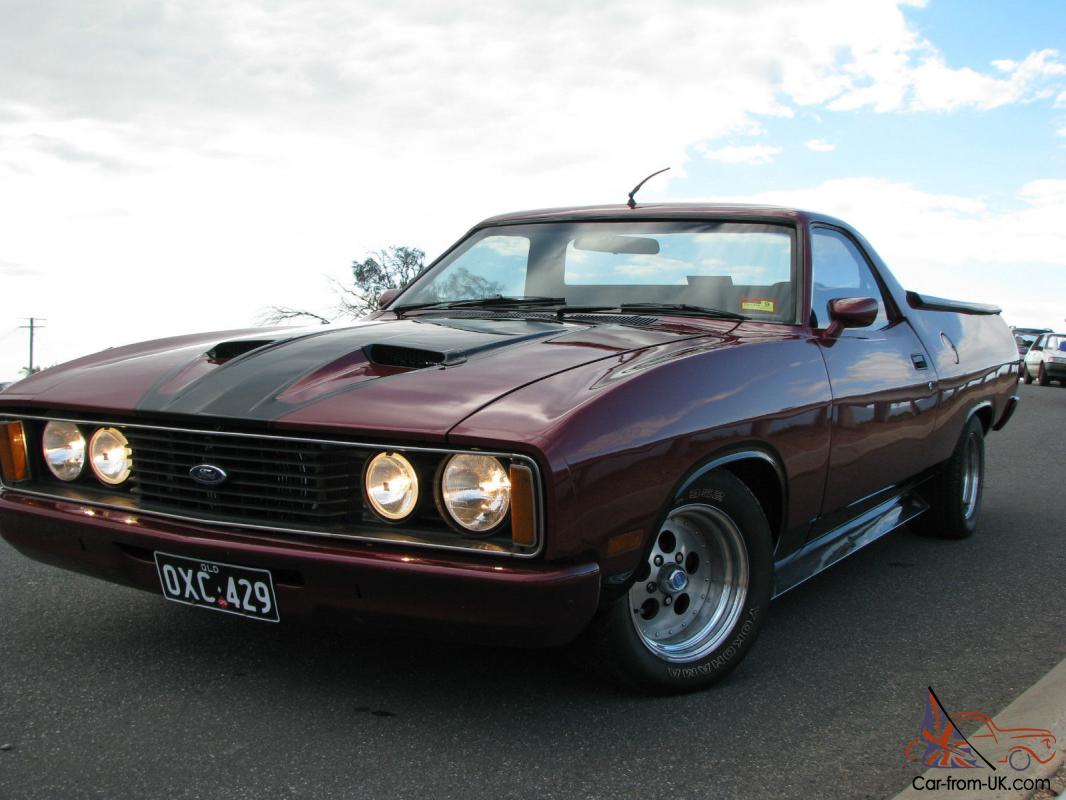
Take a look at the Ford Falcon. A sterling example of Aussie muscle cars. For the time of its life, it has been a huge hit among car enthusiasts for it’s versatility and body styles to suit any and all situations. It came in the form of classic muscle car coupe, but even came in Ute, sedan, estate and even panel van body styles even in its classic iterations. Muscle cars have been infamous for being uneconomical and impractical, but the Ford Falcon seemed to be unfazed by that. In response to these, it has made itself known as a practical muscle car in Ute, sedan or estate form.
She could be anything you want her to be.
Still very much muscular even in more “economy” based body styles. Even today, it follows that example, and so did it’s fellow Aussie car makers, Vauxhall and Holden with their VXRs and Commodore SSVs, respectively. While American muscle cars have cemented themselves into Western pop culture as the standing niche of “pure power” based cars, there is still another monster in the other side of the world that reigns as the mechanical menace that tears the streets in pure, Outback V8 goodness. The Aussie muscle cars.
Sadly, after more than 60 years of dominance of the Australian roads, GM’s decision to remove every single Australian car maker by 2016 means that we won’t be seeing any of these anymore anywhere.
Like the Mitsubishi Lancer Evo, legendary as it was, AUDM muscle cars will be gone, but never forgotten.
Whether its the Ford Falcon, Holden Monaro or Commodore, Vauxhall VXR8, by the end of this year, these will be reduced to being pieces of automotive history forever remembered in the books of the future, to be a potential revelation of automotive greatness born from the Southern Hemisphere.
However, those are not the only muscle cars in the planet.
What makes a muscle car? As long as a car is big, the redeeming quality of it is size and uncompromising raw power and speed and a dash of sportiness, depending on who you are, it can be considered a muscle car. Muscle cars, contrary to popular belief is not necessarily a stand-alone category of sports cars reserved for Americans or Australians. In fact, over the course of time, we have seen cars from other, unlikely brands to make big brash cars with muscle car elements that would impress hard-boiled American and Australian muscle car enthusiasts to a certain degree.
Euro "muscle cars".

And for good reason. Aggressive looks? Check. High power, high displacement V8? Check. Tire-shredding levels of torque and addiction to burnouts? Check and check.
The C63 ticks all the boxes of what makes a muscle car. Its not that sharp in cornering, but it does make up for that with sinfully delectable levels of instant, naturally aspirated power and a solid, grumbling exhaust note that would make most people’s hairs stand on end, and the focused car enthusiast’s blood rush through their body, energy and adrenaline coursing through their veins as they dominate the road in refined Mercedes luxury all the while relishing in that undeniable muscle car power.
To have all that authentic Mercedes Benz luxury, Euro symbolism, solid, reassured engineering and testosterone-elevating power is a quintessential sensation that every car enthusiast must experience in some point of their lives. A proper German muscle car. It is just that good.
It doesn’t stop there. Think others such as the BMW M4, E92 M3, Audi RS6, Jaguar XKR, or the TVR Sagaris.
Though they actually really aren’t muscle cars at all, especially the M4, RS6, or Sagaris, but if you think about it, in some aspects, they slightly are muscle cars in spirit. There is that fizzle of raw power, ready at the press of the pedal that will deliver you to a blissful feeling of power and speed only possible in a car of great yet acceptable levels of power.
These are another kind of muscle car. The “refined” class of muscle cars, if materialized into people, would be big, gruff men that bristle with masculinity and veining muscles yet are very civil and calculated, with their true muscular identity all behind their fancy suits and professional manners.
Finally, we have the type of cars that are the last thing people think about when it comes to “muscle”. Yes, these are more conservative than the other two… A lot cheaper too. They have much less power, but to an extent, they can be agreed upon as a type of mild-mannered muscle.
But hey, muscle cars are still muscle, as long as it has good levels of power and tire-slaying pulling force.
Japanese "muscle cars."
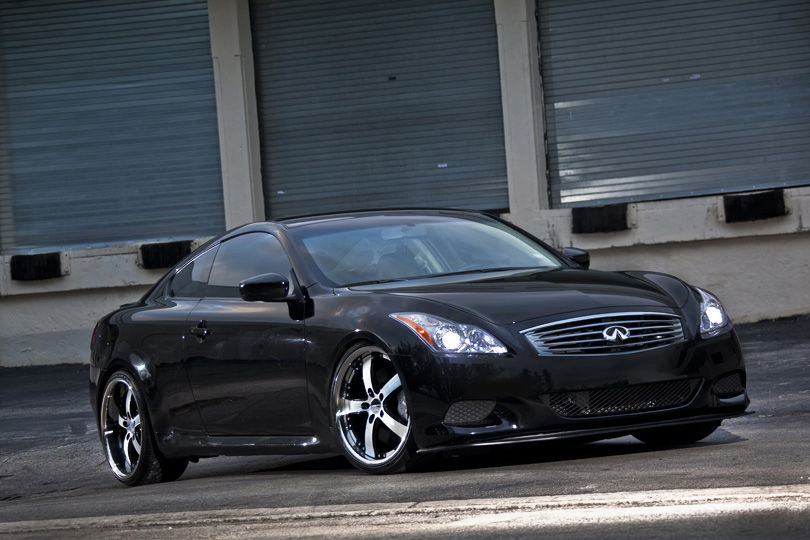
Now, Japan is not known for making obscenely powerful cars only meant to perform the best in a straight line. Yes there is the popular Nissan GT-R or Lexus LFA but those are dedicated high performance sports cars. Japan is not known for a wide variety of performance oriented V8 or a commercially accessible car that can reach over 400 HP and more like America or Australia due to it’s conservative background and laws.
And besides, Japan is better known for drift and popular budget-spec legends like the Nissan Silvia or the Honda Civic. Unrefined, high powered cars are usually not the kind of cars that Japanese would associate to. Japan has always been renowned for it’s efficiency and intellectual innovation in terms of most types of work, and it comes as no surprise that most of the performance cars that Japan makes put technicality over brutishness. Brain over brawn.
So yes, there’s not much Asian dirt to dig to satisfy muscle heads, though some wild cards might include the Mitsubishi 3000GT Twin Turbo, Toyota Supra and Lexus RC F. Yes. I also include the Supra. Its quite heavy and large for a Japanese car, yet has a high displacement engine that can deliver powerful amounts of torque to the rear wheels that gives it impressive straight line performance. Same principle applies with the Lexus RC F, the indirect, distant relative successor of the Supra.
In conclusion, muscle cars, though most popularly associated with USA, is not just an American thing. Muscle cars exist in other realms. You just need to think and search hard. Muscle cars are ultimately just another breed of the generalized “sports car” genre of cars that are solely designed for power more than anything else, and for sure, more than two can play that game.

Thank you for reading this all the way! This is slightly based off speculation, so if there is any correction needed, nitpicks from those who know better are appreciated and any major errors will be fixed.
Thug Bird, out.
#blogpost
chirp chirp
This is now the new ending gif. Deal with it.

Comments
PLZ LEMME DOWNLOAD THAT DEAL WITH IT GIF OH LORD THUG BIRD
Ah yes the Australian muscle a massive middle finger to tree hugers and to the rest of the world. The world will a sadder place without them….. Now us aussies can’t a big V8 with a sense of danger because the repacment we get is an opel and american muscle cars plagued with the devil himself health and safety crap….
Atleast these muscle cars dont spin out when leaving car meets :P
But crashing them is
It’s tragic, that 3000GT was absolutely demolished last year.. Guy lives an hour away from me. I knew him when I was into the 3000 scene.
Great article, but you forgot the Ford Ranchero
Could you call a TVR a muscle car?
you forget this argentine muscle, 3.8L straight 6 with one double barrel carburetor capable of doing 200+km/h
Is the G37 a skyline? Or did the skyline brand die with the G35?
Very nice! I’ve always seen TVR and front line jaguars to be muscle cars as well as a lot of germans and so much love for Aussie muscle. Great article.
Pagination